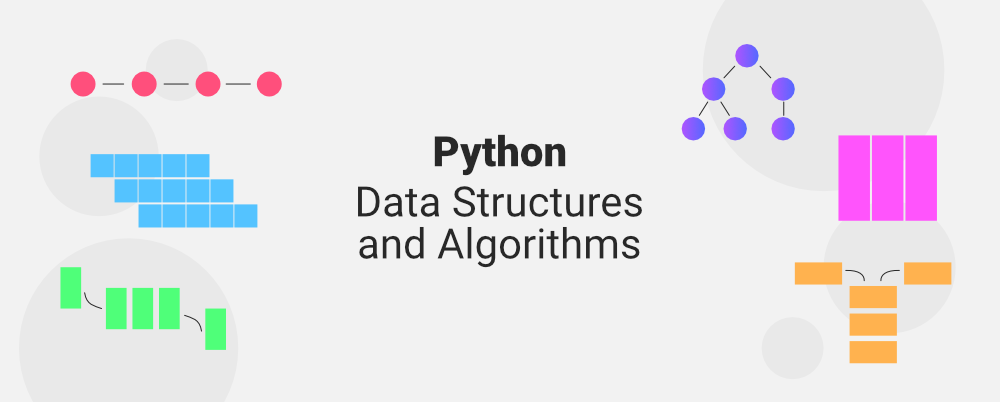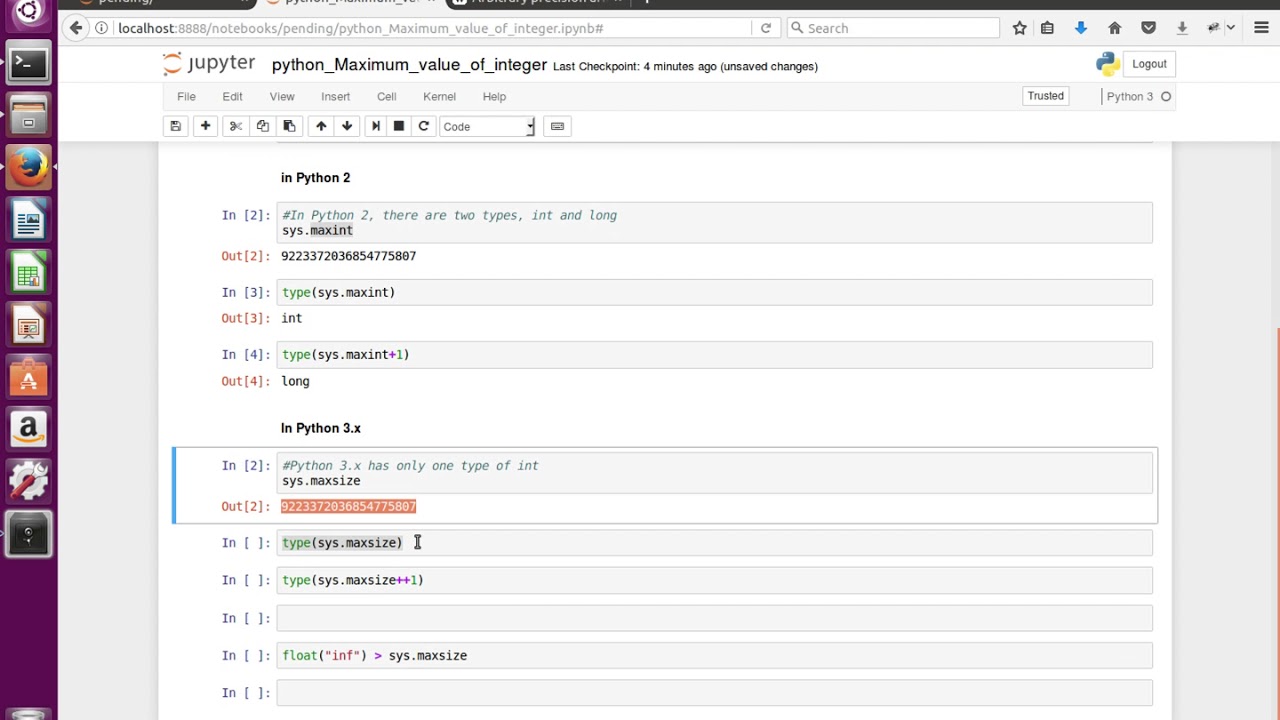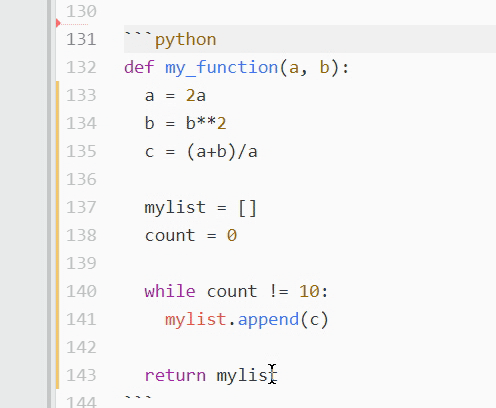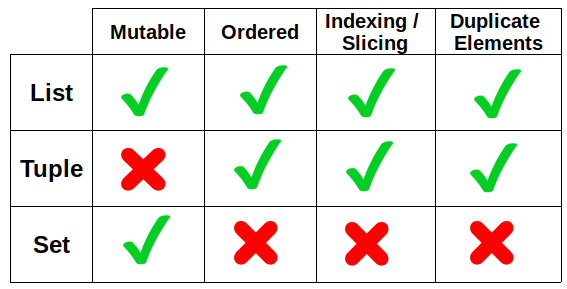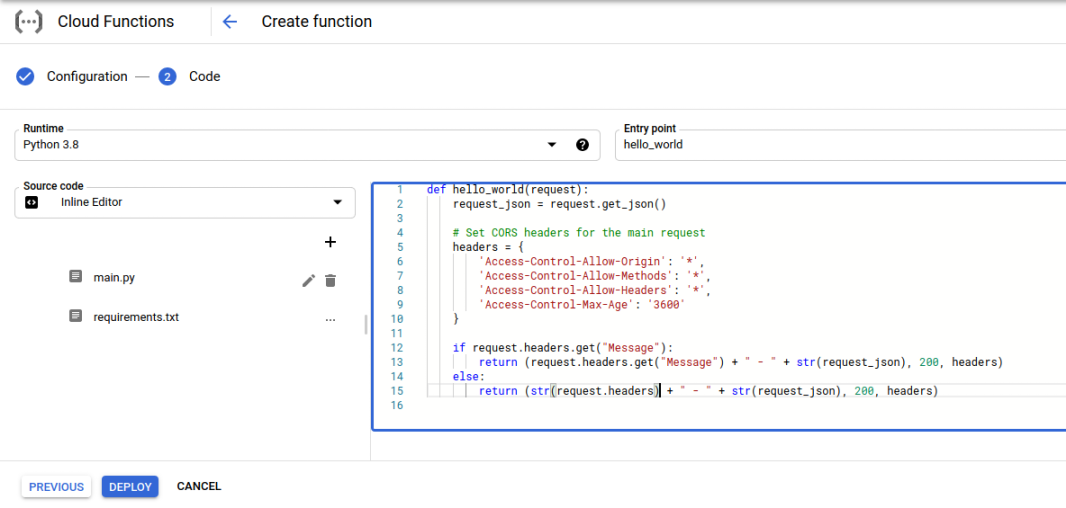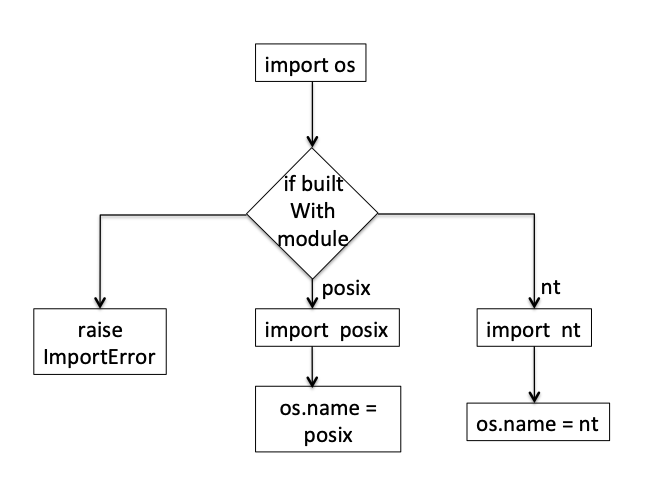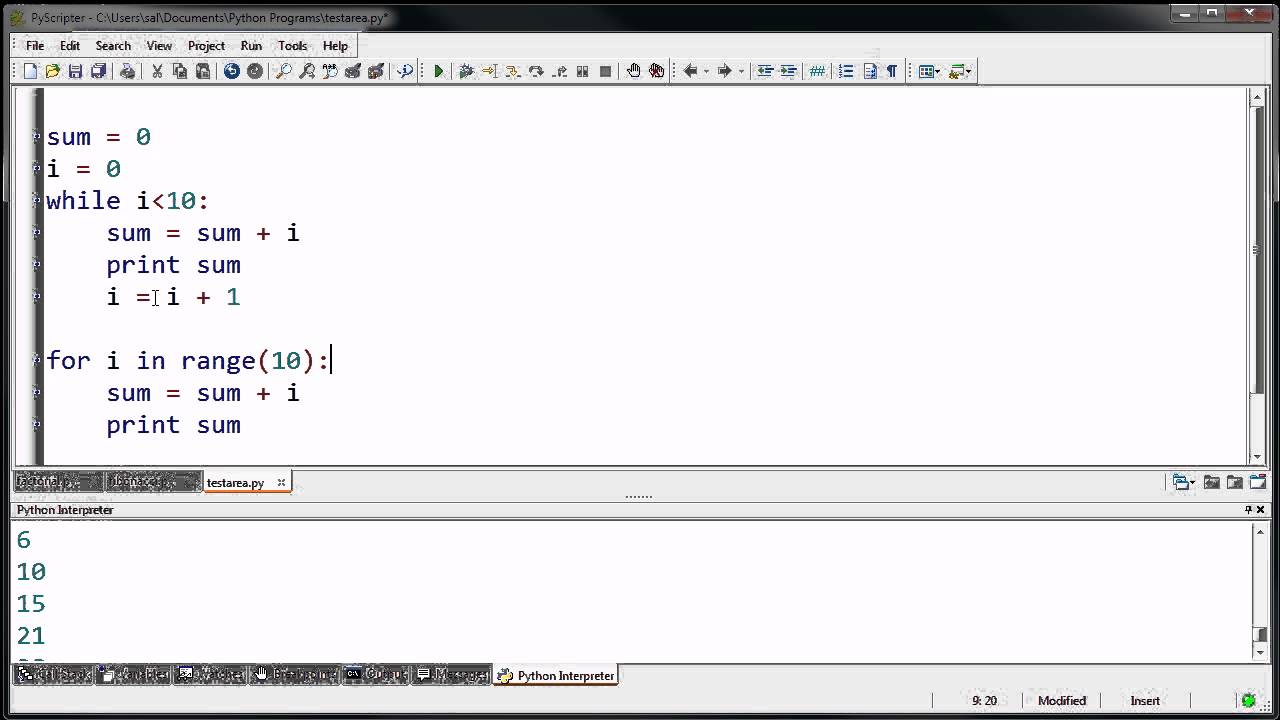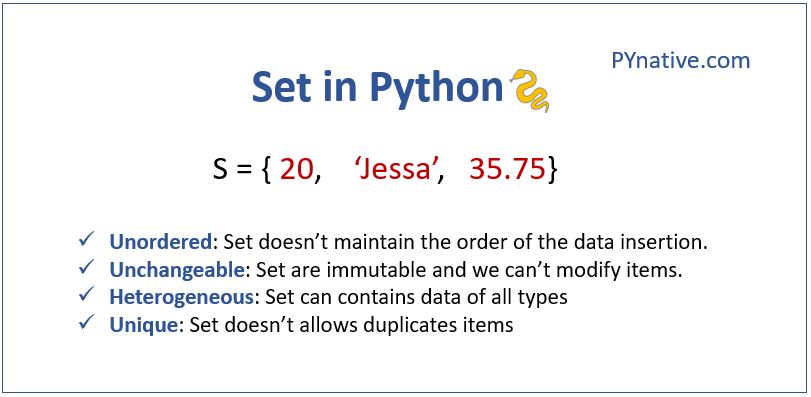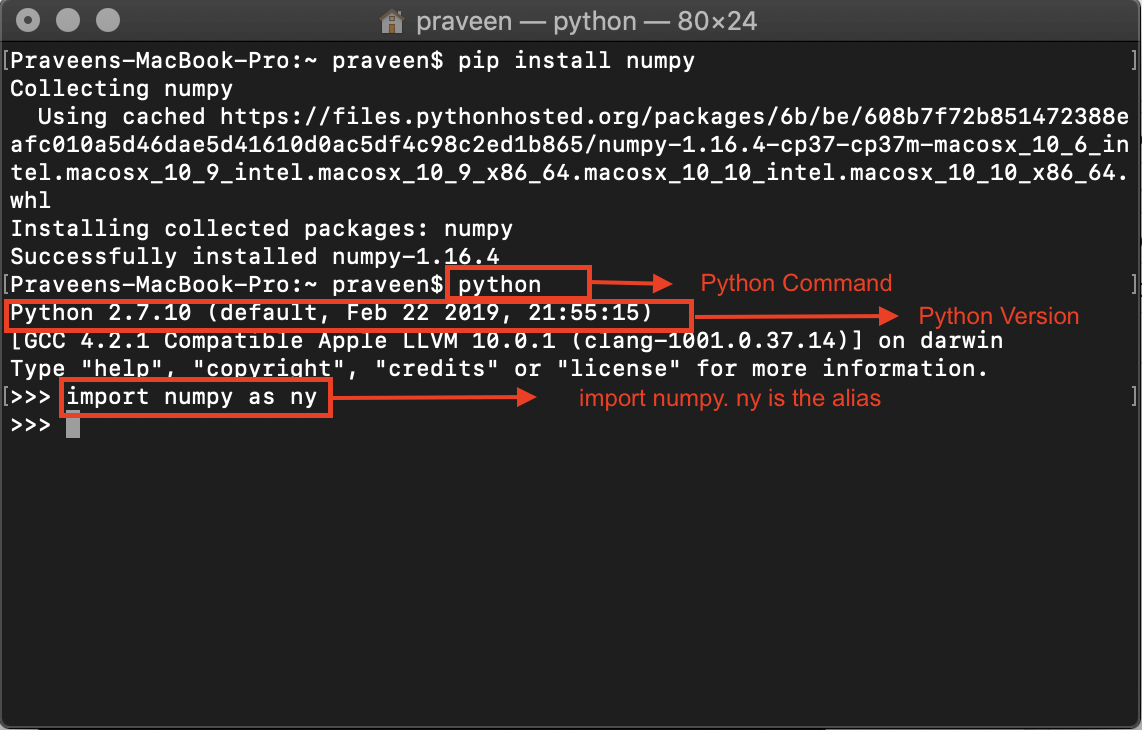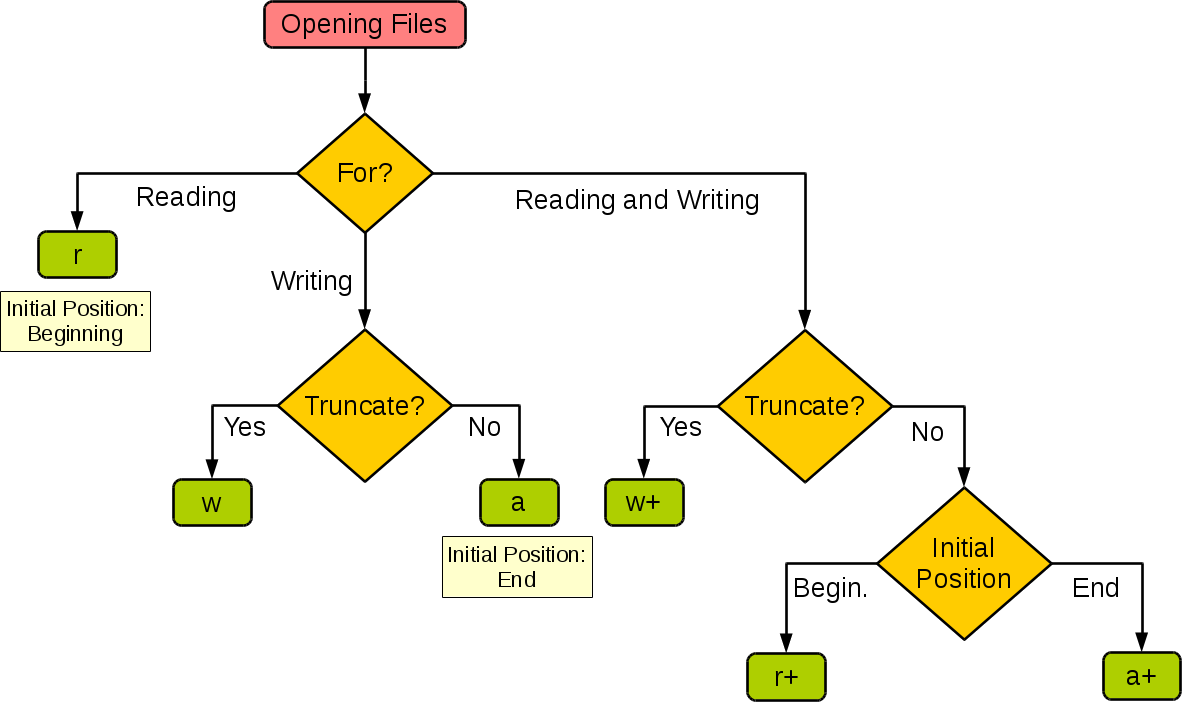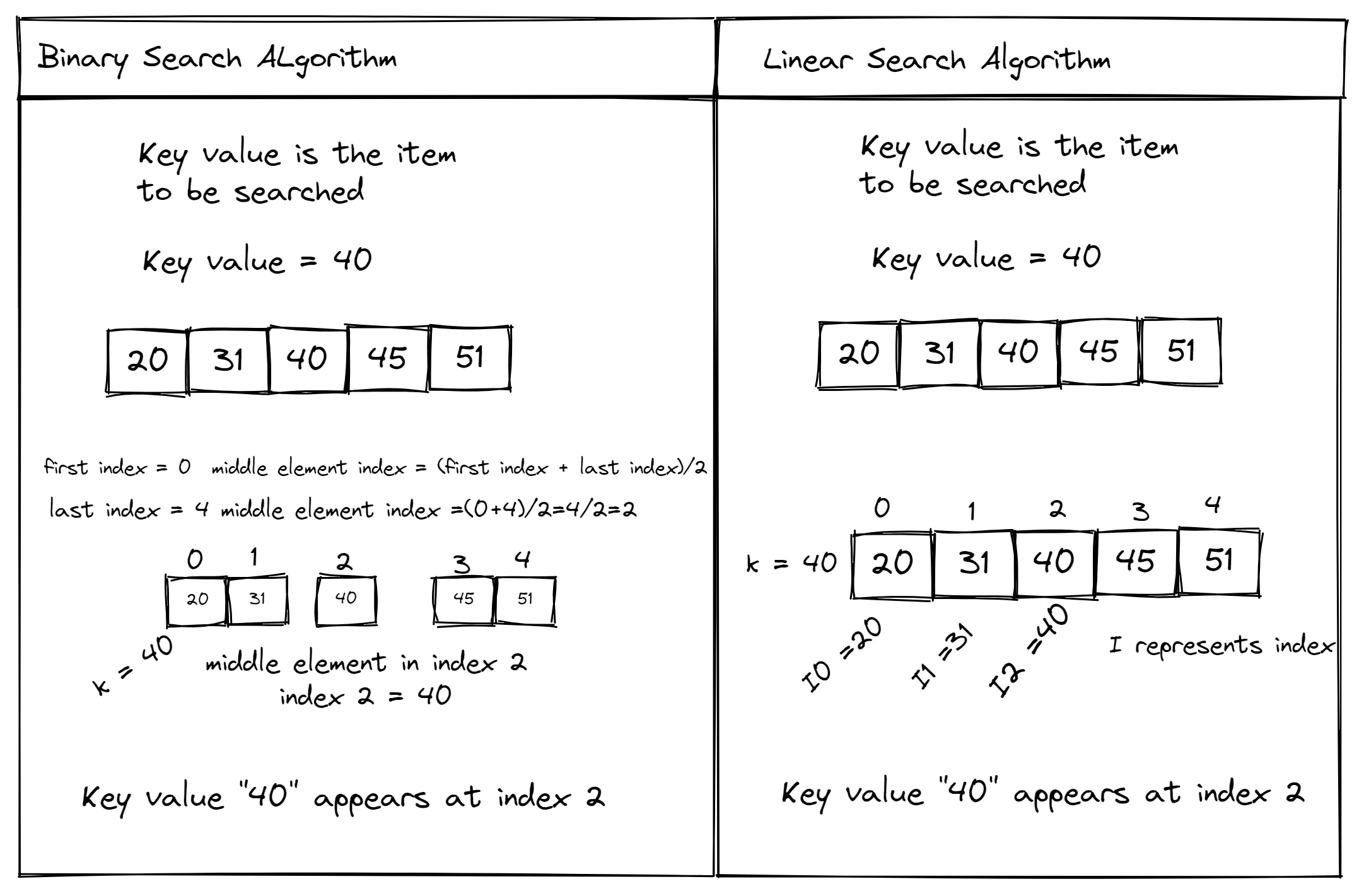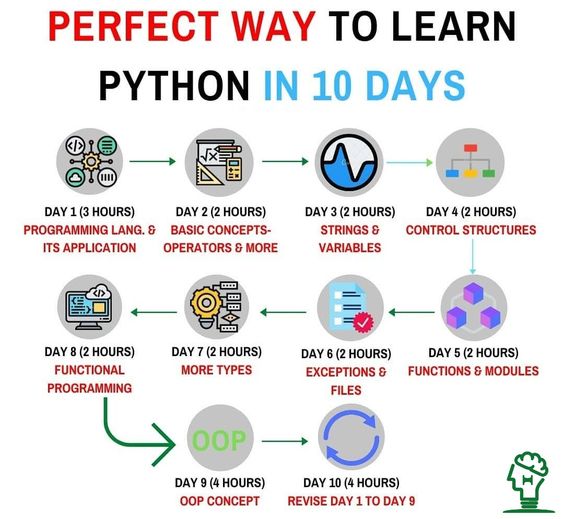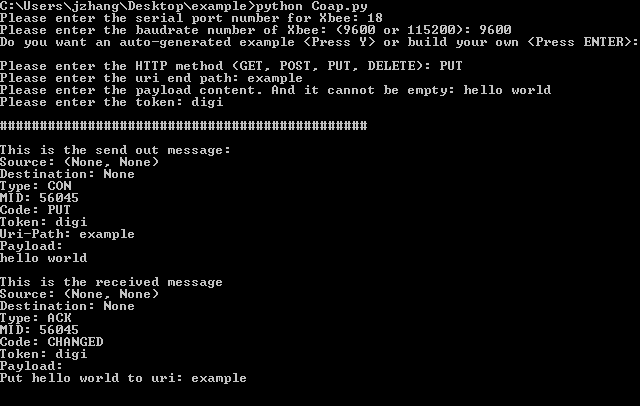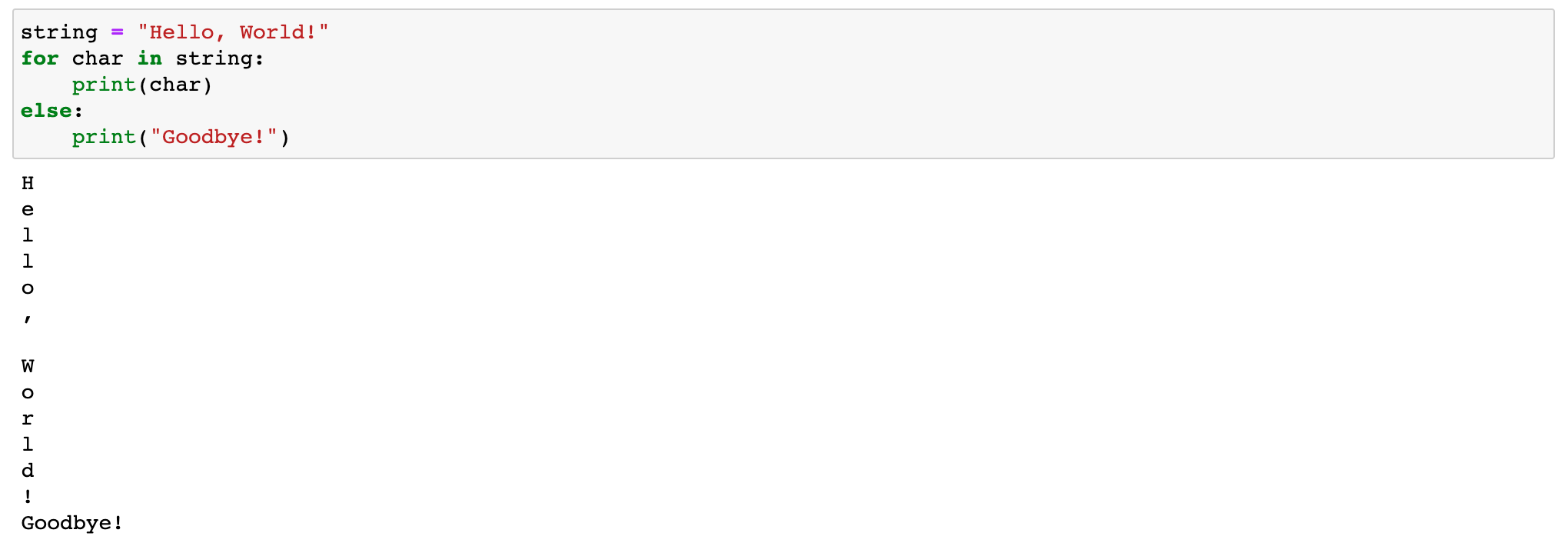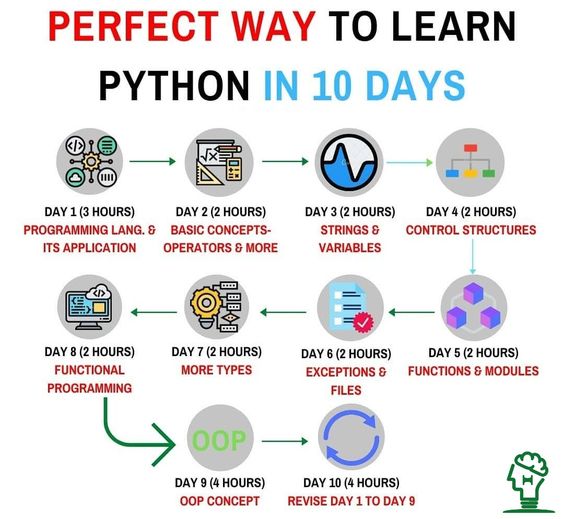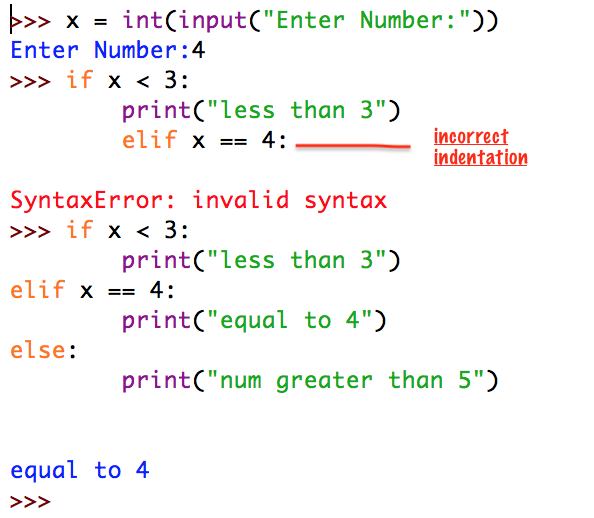What is the list [- 1 :] in Python?
What is the list [- 1 :] in Python?
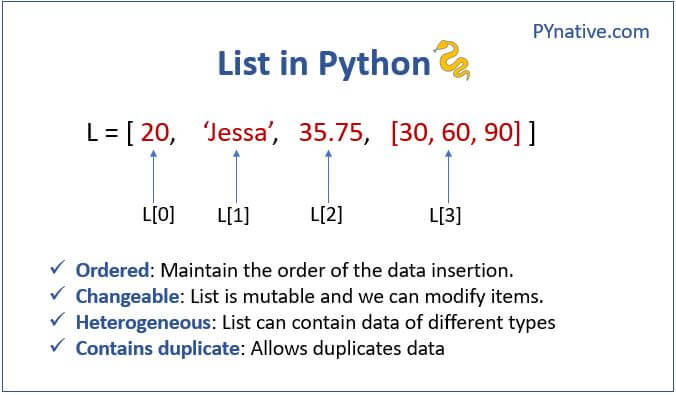
The infamous slice notation in Python!
In Python, the list [-1:] is used to get the last element of a list. Yes, you read that right - it's not just about getting the last element; there's more to it than that.
Let's dive deeper into the wonderful world of slicing!
Slicing: A Brief Introduction
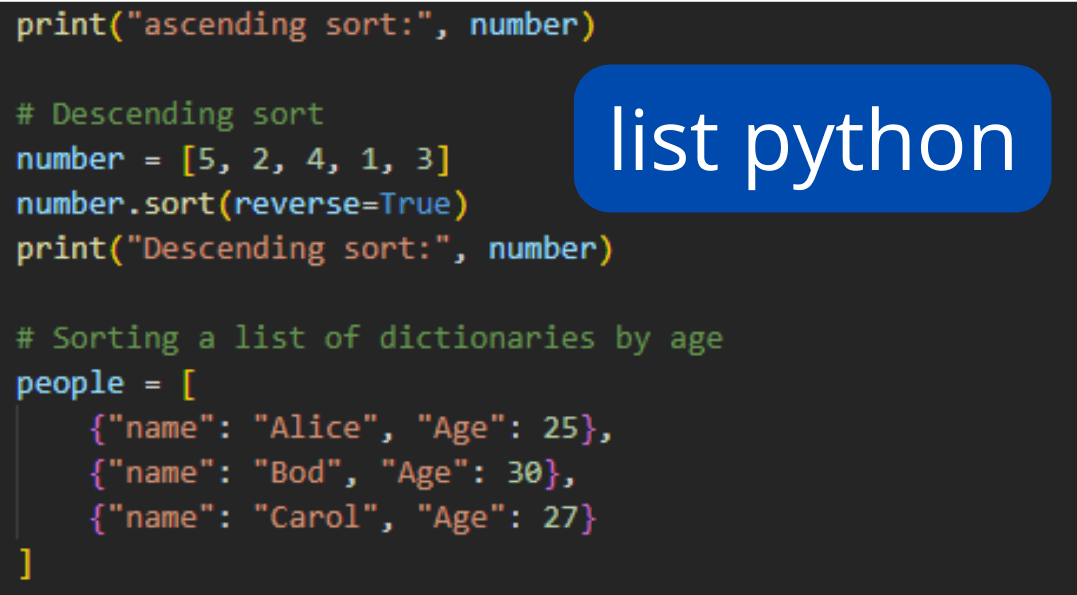
Python allows you to slice sequences (like strings, lists, and tuples) by providing a start index, an end index, and a step size. The basic syntax is as follows:
sequence[start:stop:step]
Here's what each part means:
start: This is the starting index of the slice. It defaults to 0 if omitted. stop: This is the ending index of the slice (exclusive). If omitted, it defaults to the end of the sequence.
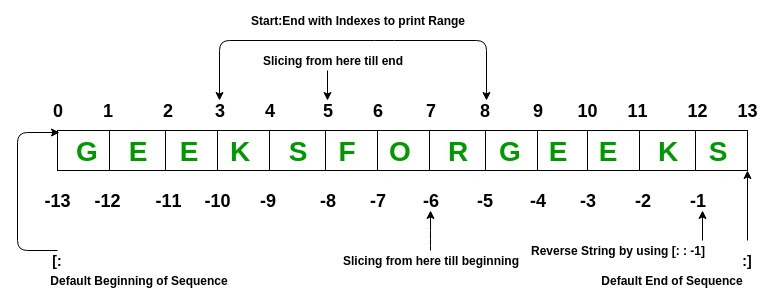
step: This specifies how many elements to skip between indices. A positive step size means moving forward through the sequence, while a negative value moves backward.
Now that you know the basics, let's get back to [-1:].
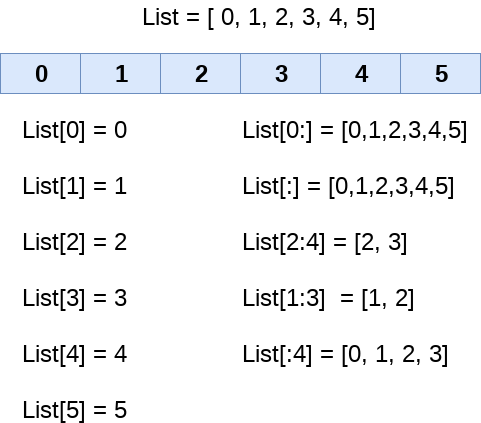
The Mysterious Case of [-1:]
So, what happens when you use [-1:] on a list? Well, Python's slicing mechanism is quite clever. When you provide only a single index in the slice notation (like -1), Python assumes you're trying to get all elements from that point onwards.
In this case, since we have a negative index (-1) and no explicit end index or step size, Python interprets it as "get me everything after the last element." Voilà! The result is the last element itself (not the entire range of indices).
Here's an example to illustrate this:
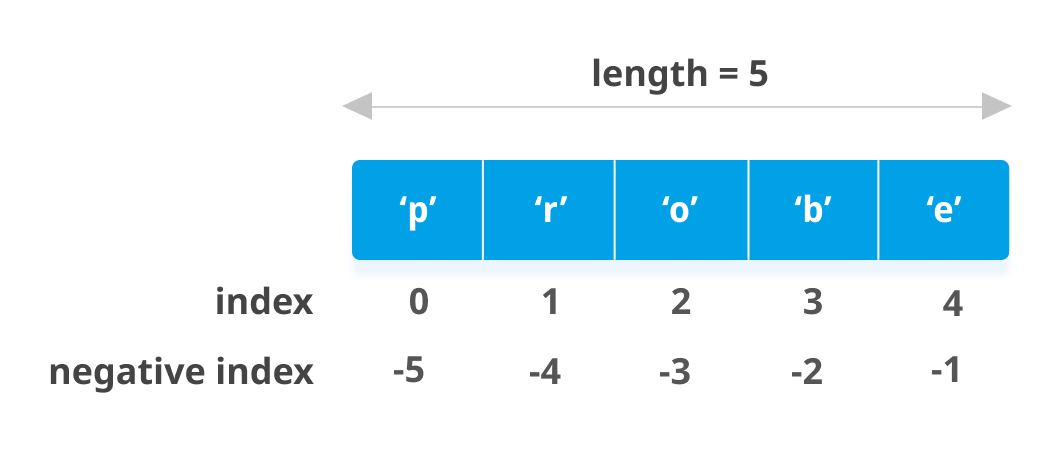
my_list = [1, 2, 3, 4, 5]print(my_list[-1:]) # Output: [5]
In this example, [-1:] returns a list containing only the last element (5).
More Fun with Slicing
Now that you know how slicing works in Python, let's explore some more interesting cases:
Get all elements except the last one:my_list = [1, 2, 3, 4, 5]print(my_list[:-1]) # Output: [1, 2, 3, 4]
In this example, :-1 means "get me everything up to but excluding the last element." The result is a list containing all elements except the last one (5).
my_list = [1, 2, 3, 4, 5]print(my_list[::2]) # Output: [1, 3, 5]
Here, we're using ::2, which means "start at the beginning and move forward by 2 elements each time." The result is a list containing every other element starting from the first one (1).
As you can see, Python's slicing mechanism offers a great deal of flexibility for manipulating sequences. With practice, you'll become more comfortable using it to extract specific parts of your data.
I hope this explanation helped demystify the enigmatic [-1:] slice notation in Python!
What does [:] mean in Python array?
I'm glad you asked!
In Python, [] represents a list, which is a collection of objects that can be of any data type, including strings, integers, floats, and other lists. It's one of the most fundamental data structures in programming.
A list is denoted by enclosing its elements within square brackets [], with individual elements separated by commas. For example:
my_list = [1, 2, 3, 'hello', 4.5]
Here, my_list is a list that contains an integer (1), another integer (2), an integer (3), a string ('hello'), and a float number (4.5).
You can think of a list as a container that can hold multiple values, similar to an envelope that can carry multiple letters. Each value in the list is called an element or item.
Lists have many useful properties and methods that make them versatile and powerful data structures. Some key features include:
Indexing: You can access individual elements by their index position (position of the element within the list). In Python, indices start at 0, so the first element is alwaysmy_list[0], the second is my_list[1], and so on. Slicing: You can extract a subset of elements from the list by specifying a range of indices. For example: my_list[1:3] would return the second (index 1) and third (index 2) elements, which are the values 2 and 3. Length: You can determine the number of elements in the list using the built-in len() function. Appending: You can add new elements to the end of the list using the append() method. Inserting: You can insert a new element at a specific position using the insert() method.
Some common use cases for lists include:
Storing and manipulating collections of data Implementing algorithms that require iteration or searching through data Creating dynamic user interfaces, such as dropdown menus or tablesIn summary, [] in Python represents a list, a versatile and powerful data structure used to store and manipulate collections of values. Lists have various properties and methods, including indexing, slicing, length determination, appending, and inserting, making them an essential tool for any Python programmer!
